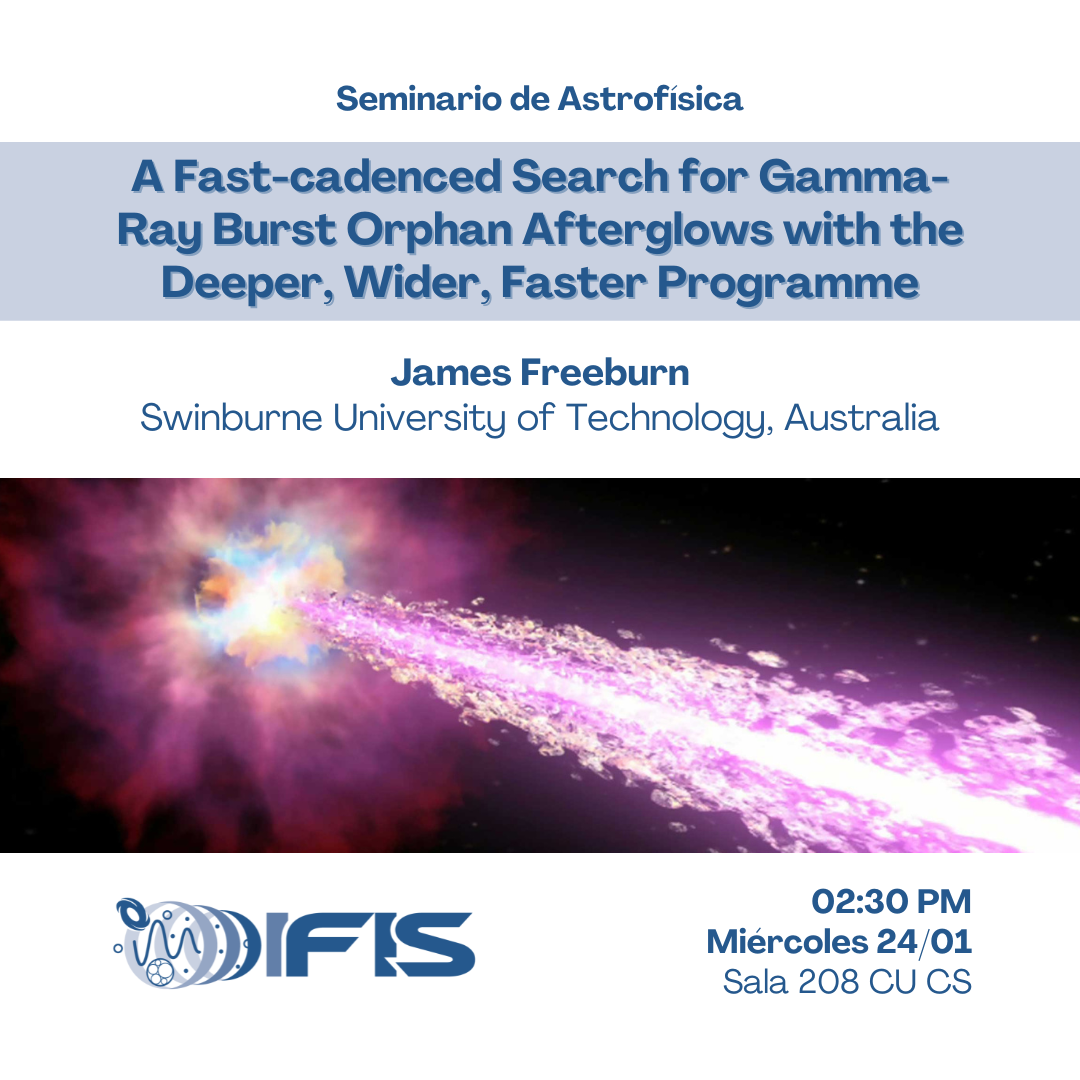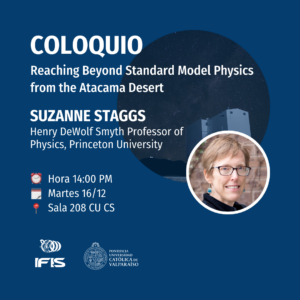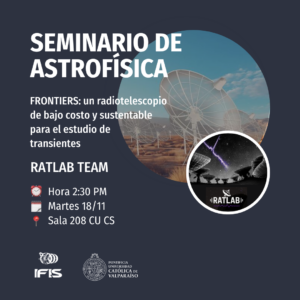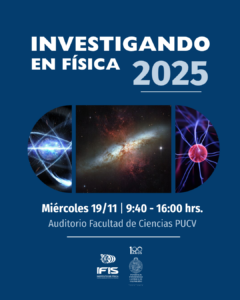
Este miércoles tenemos el primer seminario del año en el IFIS. El charlista James Freeburn de Swinburne University of Technology, Australia, presentará “A Fast-cadenced Search for Gamma-Ray Burst Orphan Afterglows with the Deeper, Wider, Faster Programme” desde las 14:30 horas en la Sala 208 CU.
Te dejamos el abstract de la jornada:
Gamma-ray bursts (GRBs) have been an active area of research since their serendipitous discovery in the 1960s. Despite this, the physics and nature of their progenitors are still poorly understood. Whilst GRBs have multiple formation channels, they are all thought to be produced in ultra-relativistic jets. Constraining the properties of these jets could be the key to understanding these highly energetic events.
GRB 221009A and its afterglow are thought to be consistent with a structured jet. In this regime, we can predict a population of short-timescale, GRB afterglows many times larger than the GRB population. Previous surveys lacked the cadence necessary to probe this theoretical population. However, the Deeper, Wider, Faster Programme’s (DWF) deep, wide-field, fast-cadenced, multi-wavelength dataset is uniquely suited to a search of this kind. Using DWF data collected with the Dark Energy Camera, mounted on the Victor M. Blanco telescope, we conduct an untargeted search for GRB afterglows. This search will constrain the parameter space that GRB jets inhabit and shed light on the mysteries of GRB progenitors.



